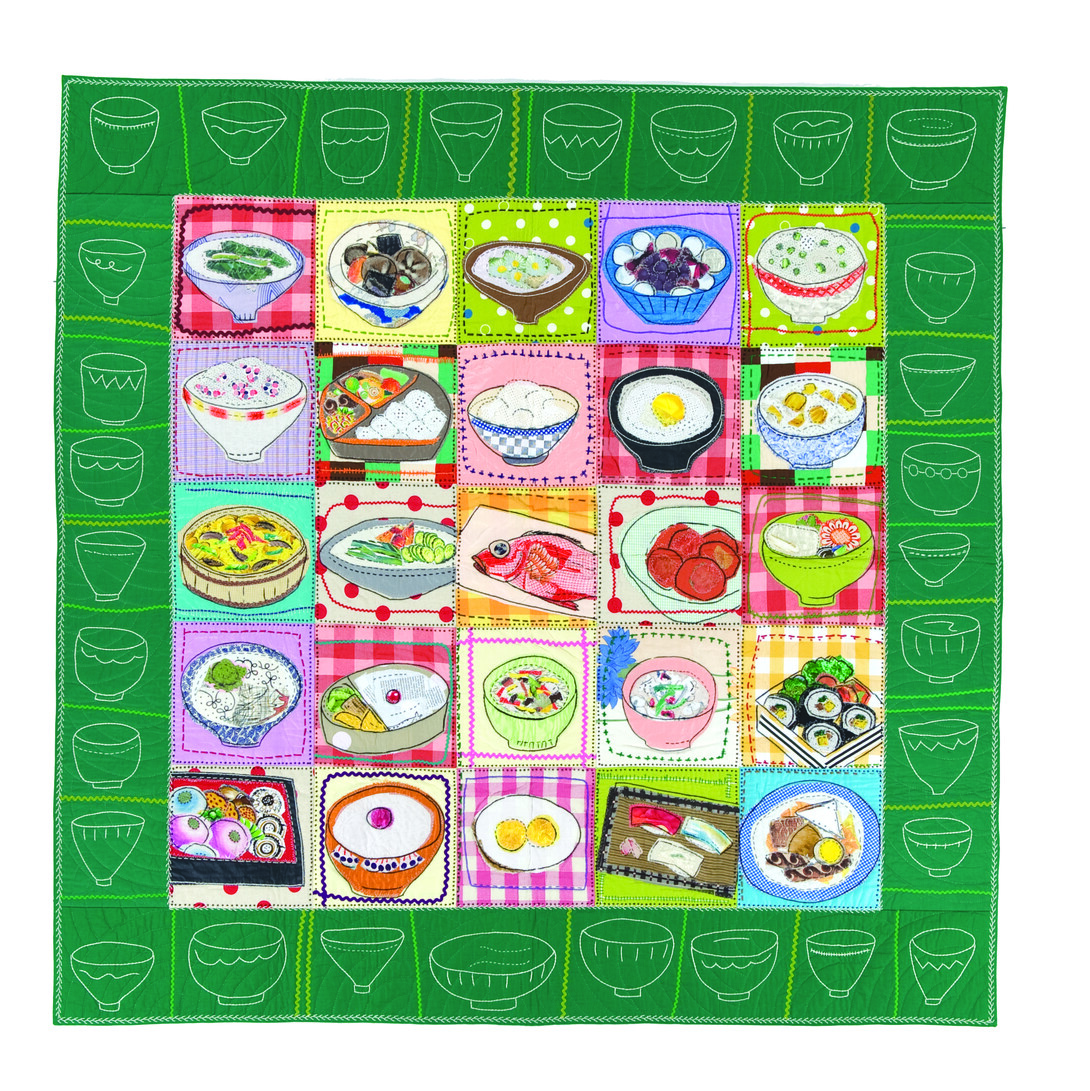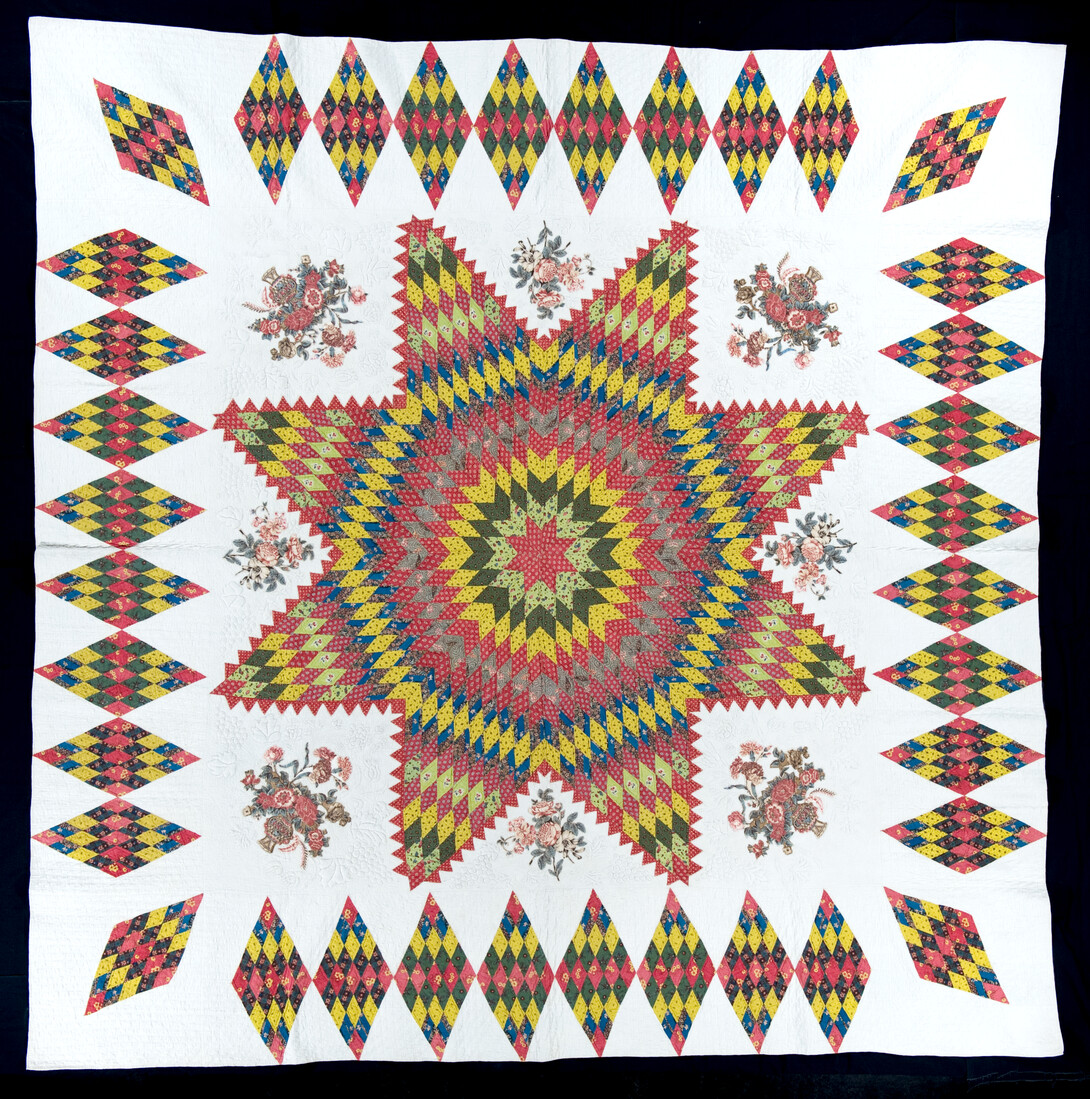
A new exhibition at UNL’s International Quilt Study Center and Museum is offering an insider’s look at how quilts are added to the world’s largest collection of publicly held quilts. “Expanding the Collection: Recent Acquisitions” opens Dec. 6, and features new additions to the collection and explains their significance.
“It’s a behind-the-scenes look at what we do to build our collection,” said Marin Hanson, curator of exhibitions. “It’s not just expanding our collection in numbers, but also expanding our notion of where quilts come from and what quilts can be.”
Building a world-class collection of quilts shares similar practices with private collectors — both are looking for unique and well-crafted items. At the center, the collections team also aims to find pieces that represent quiltmaking’s global, historical and cultural impact and how those pieces provide concrete information for scholars to study.
This exhibition will focus on the museum’s recent emphasis on expanding its collection of international and studio art quilts. In addition to showcasing recent gems of the collection, visitors will discover context about where the pieces came from, who made them and why they are important for quilt study. The center will also reveal the story of how the quilt came to the museum.
Two pieces featured in “Expanding the Collection” were added to the collection in 2013 to honor Patricia Crews, the center’s founding director who retired in August.
“As founding director, she was critical in forming the mission and direction of our collecting efforts,” Hanson said. “We’re excited to share quilts that recognize her outstanding contributions.”
One component of the companion online exhibition, which launches in December, features a digital project created by local middle-school and college students. The center worked in partnership with Sandra Williams, associate professor of art and art history at UNL, her art in the community class and Park Middle School students to create Tumblr pages based on the students’ reactions to and research of pieces included in the exhibition.
Admission is free from 4:30-7 p.m. Dec. 6 as part of First Friday. Beginning at 6 p.m., Padmini Balaram of Visva Bharati University in West Bengal, India, will give a talk about her research on the printing and dyeing techniques of India, with a special focus on “ajarakh,” a traditional block printed fabric used for turbans, scarves and clothing, but that sometimes also appears in quilts, including a piece in “Expanding the Collection.”








